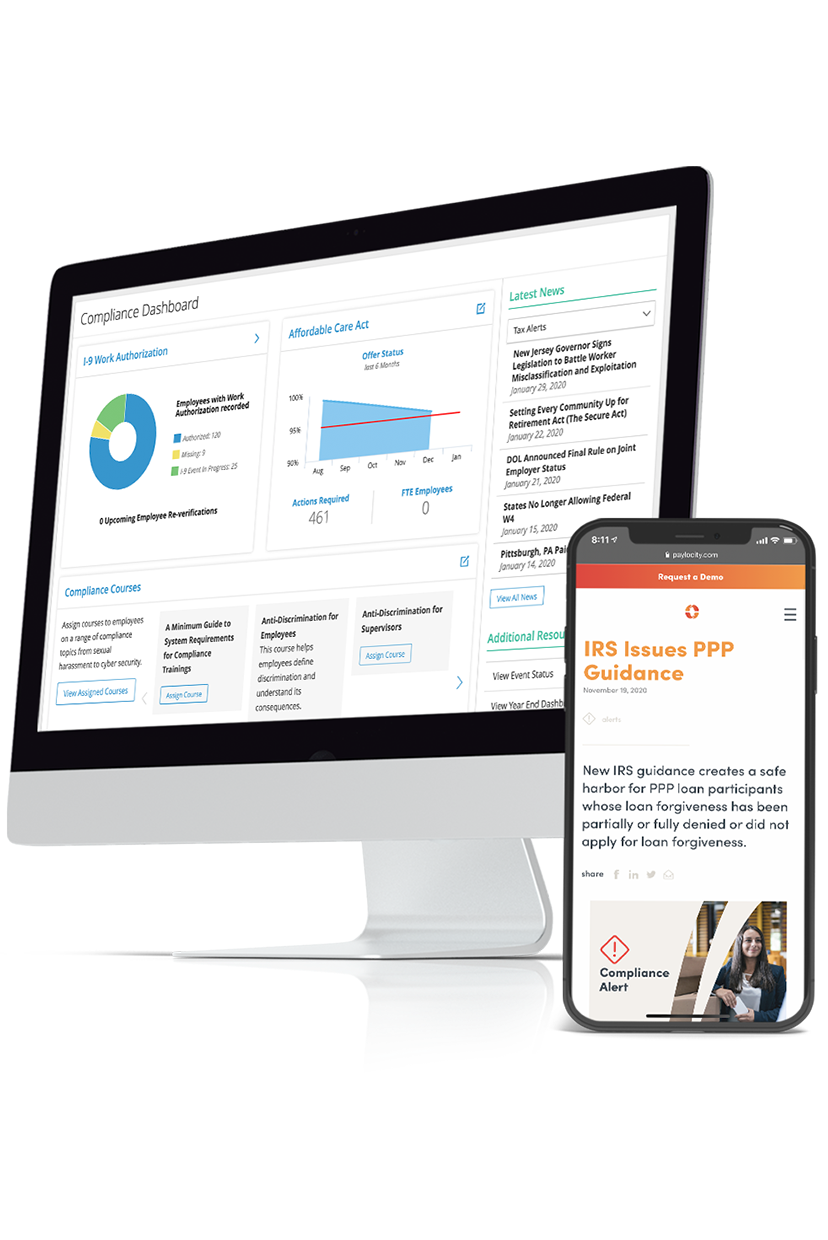Work Visa
Summary Definition: A government-issued authorization that allows an individual from another country to legally live and work in a host country, typically for a set period and under employer-specific conditions.
What is a Work Visa?
A work visa, sometimes referred to as a working visa, worker visa, or employment visa, is an official authorization granting a person from another country the legal right to work and live in a host country.
Such authorizations vary by nation and employment type, such as the U.S. H-1B visa for skilled professionals, Canada’s Temporary Foreign Worker Program, and Australia’s Subclass 482 Temporary Skill Shortage visa.
While requirements differ, most work visas involve employer sponsorship, meaning a business must extend a formal job offer and support the worker’s application by demonstrating that the role is genuine and essential.
The sponsoring employer serves as the applicant’s advocate and guarantor, ensuring compliance with immigration and labor regulations.
Key Takeaways
- A work visa grants lawful authorization for a foreign individual to live and work in a host country, often requiring employer sponsorship.
- Visa types vary, from a temporary worker visa to skilled worker visas, and often offer pathways to permanent residence.
- Many countries require both a worker visa (authorizing the worker to enter and live in the host country for work) and a work permit (authorizing the worker to actually perform work.
What Does Having a Work Visa Mean?
Possessing a working visa grants the legal right to live and work in the issuing country under defined conditions, usually designed to uphold labor and immigration laws.
As such, work visa laws may include verifying minimum age requirements for certain roles or confirming a worker’s eligibility to perform specific duties as a non-citizen.
For instance, a software engineer from India might obtain a U.S. work visa to join a U.S.-based technology firm for an initial three-year term. During this period, they may reside and work in the United States exclusively for their sponsoring employer, with the option to apply for an American work visa extension.
What is a Work Permit?
While the terms are often used interchangeably, a work permit differs from a work visa. A work permit is a separate authorization that allows an individual to perform their work, while work visas grant individuals entry and residence in the host country where their jobs are located.
In some countries, a work permit is embedded within the visa itself, while others, like the U.S., may require a separate Employment Authorization Document (EAD).
What Types of Work Visas Are There?
Work visa types address different employment situations and labor market needs, including:
| Visa Type | Purpose | Examples |
| Temporary Worker Visa | Short-term or contract-based employment in a host country. |
|
| Skilled Worker Visa | Employment for individuals with advanced education or training. |
|
| Working Holiday Visa | Temporary work paired with travel opportunities for younger applicants. |
|
| Pathway-to-Permanent-Residence Visa | Employment that may lead to permanent residency. |
|
What Qualifies for a Work Visa?
While eligibility for work visas typically depends on the issuing country, most require:
- A job offer from an employer in the host country
- Labor certification proving the role cannot be filled locally
- Education, experience, or skill qualifications specific to the visa type
- Background checks and medical clearances, as required by immigration authorities
How Long is a Work Visa Good For?
Employment visa durations also vary depending on the type and issuing country. Most are initially valid for one to three years, with options for renewal if eligibility remains. However, some visa categories, especially those tied to specific projects or employers, expire when the assignment ends.
How to Get a Work Visa
The process to obtain a work visa typically involves:
- Securing a job offer: Most applicants must have a sponsoring employer before applying.
- Obtaining employer documentation: The sponsor submits required forms and proof of need to the government.
- Applying for the visa: Applicants complete official forms, provide personal documents, and pay any required fees.
- Submitting labor certification: In some cases, the employer must prove that no qualified local workers are available for the position.
- Completing a consular interview: Many countries require applicants to attend an interview at an embassy or consulate.
- Receiving approval and entry: After approval, applicants can enter the country and, if necessary, submit a work permit application.
How Long Does It Take To Get a Work Visa?
Application processing timelines may differ significantly between countries and visa types. It's, therefore, essential for potential visa workers to consult official government resources for country-specific requirements.
For example, a Canadian work visa may take several months to process, while a work and holiday visa may be approved within weeks.

Keep Up With Compliance
Between constantly changing employment laws and updates to the Affordable Care Act (ACA), keeping your workplace compliant can be a time-consuming and costly challenge. Eliminate the stress and stay up to date with our Compliance Dashboard. View compliance alerts and get a bird’s eye view of what you need to do to avoid fines and penalties.